
Copyright 2019 by Candace Savage
19 20 21 22 23 5 4 3 2 1
All rights reserved. No part of this book may be reproduced, stored in a retrieval system or transmitted, in any form or by any means, without the prior written consent of the publisher or a license from The Canadian Copyright Licensing Agency (Access Copyright). For a copyright license, visit accesscopyright.ca or call toll free to 1-800-893-5777.
Greystone Books Ltd.
greystonebooks.com
David Suzuki Institute
davidsuzukiinstitute.org
Cataloguing data available from Library and Archives Canada
ISBN 978-1-77164-204-0 (cloth)
ISBN 978-1-77164-205-7 (epub)
Editing by Nancy Flight
Copy editing by Paula Ayer
Proofreading by Dawn Loewen
Text design by Belle Wuthrich
Map by Eric Leinberger
Jacket photograph Vladimir Kayukov / Shutterstock.com
Every attempt has been made to trace ownership of copyrighted material. Information that will allow the publisher to rectify any credit or reference is welcome.
Greystone Books gratefully acknowledges the Musqueam, Squamish, and Tsleil-Waututh peoples on whose land our office is located.
Greystone Books thanks the Canada Council for the Arts, the British Columbia Arts Council, the Province of British Columbia through the Book Publishing Tax Credit, and the Government of Canada for supporting our publishing activities.

Le pass nest jamais tout fait le pass. Navez-vous pas senti comme il rde partout, Et tangible? Il est l, lucide, clairvoyant, Non pas derrire nous, comme on croit, mais devant.
The past is never entirely past. Havent you sensed it prowling around, Tangible? It is there, lucid, clairvoyant, Not behind us, as we believe, but out in front.
HENRY BATAILLE
Le songe dun soir damour, 1910
CONTENTS

Napolon Sureau dit Blondin in 1898 or 1899, aged about 20, and Clarissa Marie Parent in 1916, aged 18.
Courtesy of Lorena Martens.
PREFACE
DURING THE YEARS when this book was in the making, I often found myself called upon to describe it to friends. Im tracing the first people to live in my house, back in the 1920s, Id explain. Here in Saskatoon. They came from deep roots in French Canada. Napolon Sureau dit Blondin and his wife, Clarissa Marie Parent. Id let the syllables roll off my tongue in my most musical accent, a small flourish that never failed to give me pleasure.
But your own name, one of those friends objected. Savage. That doesnt sound very French. I know you live in the same house they once did, but do you inhabit their story? I mean, really, do you have skin in the game?
I offered some kind of an answer and the talk turned to other things, but her question echoed in my thoughts for days. There I was, daring to represent the experience of people who had died before I was born and whose background was, in notable ways, different from my own. Apart from the coincidence of sequential cohabitation, what gave me a rightor even a reasonto delve into their story? It was a valid question and one worthy of consideration.
That exotic-sounding name, Sureau dit Blondin, was the most obvious sign of the distance between my subjects and me. Although Id become a Savage through marriage, I was a Sherk at birthnot wholly of English heritage, as my acquired last name suggests, but not French either. The Blondins, by contrast, were French root and branch, and their history is marked by the struggle to survive with dignity on a continent dominated by an aggressive Anglo majority. My ancestors didnt experience the shock of the British Conquest or of la guerre des Patriotes. They didnt suffer through the economic collapse that sent nearly a million Qubcois into the mill towns of nineteenth-century New England. Simply because they were French Canadians, the Blondins were implicated in these crises in ways that my own people were not. And yet, I do have a stake in these traumas, which left their mark on an entire continent, including the nation that I call home. They are among our foundational stories and belong to us all.
As my engagement with the Blondins deepened, I found myself swept up in a multigenerational saga that reached from the hill country of western France to the plains of Saskatchewan, and from the days of wooden sailing ships to the present. In its details, this narrative was unique, studded with individuals and enlivened by personal decisions. In its broad outline, however, the familys experiences read like a case study in the process of North American settlement. Along with millions of others, the ancestral Blondins were human motes caught in the flood of European colonial expansion. By the early twentieth century, that impulse had carried one branch of the family to the Last Best West of the Canadian prairies, where they unwittingly crossed paths with my own venturing grandparents. Dispersed onto square plots of land, the Blondins, the Sherks, and millions more like them struggled to put down roots, to gain a sense of inclusion and belonging.
Before I embarked on this research, I had no idea how fraught that settling-in effort had been. During my sixteen years of schooling, no one had ever told me about the obnoxious and ubiquitous presence of the Orange Order in English Canada. No one had mentioned the brief but revelatory flowering of the Ku Klux Klan in Saskatchewan or its mission to assert the ascendancy of white, Anglo-Saxon Protestants. Although that outburst of bigotry had waxed and waned by the 1930s, the smoke of burning crosses hung in the air for years. Half a century later, I would succumb to the temptation of adopting an Anglo surname to escape the lingering embarrassment of being ethnic.
Do I have skin in this game? Yes, and Im willing to guess that you do, too. The story of the Blondin family is fascinating and intensely human; it is valuable in itself. But it also opens up a window, a new perspective on the past, revealing truths that lie, half-forgotten, in the darkness.
 LITTLE HOUSE
LITTLE HOUSE
Toute saison embellit
la maison de nous amours.
Each season embellishes
the house of our love.
JEAN-GUY PILON,Comme eau retenue: Pomes 19541963
F OR ALMOST HALF a lifetime, going on thirty years, I have lived with my family in an unassuming wood-framed house in a quiet city on the northern edge of the Great Plains. Five minutes walk to the west lies the shining, low-slung valley of the South Saskatchewan River, with a view, across the water, of downtown Saskatoon and the fairytale silhouette of the Bessborough Hotel. My young daughter and I were lucky enough to arrive here in springtime, on a big, blue, blustery day when the trees were juicy with new-leaf green. I can still remember the sappy joy we felt the first time we walked down our street, amazed by the extravagance of this welcome.
That was in 1990. We had landed in Saskatoon following a five-year stopover in Yellowknife, Northwest Territories, an excellent place in its own way but not exactly a garden city. In Saskatoon, we found ourselves ten degrees of latitude farther south, though still technically in the subarctic climate zone. To us, however, our new surroundings were exuberantly tropical. Whats more, our surge of elation reassured us that we were truly



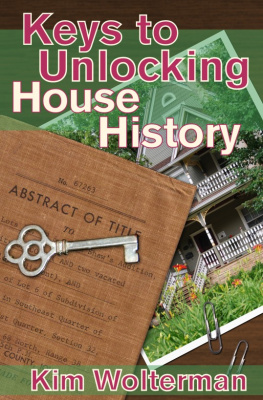


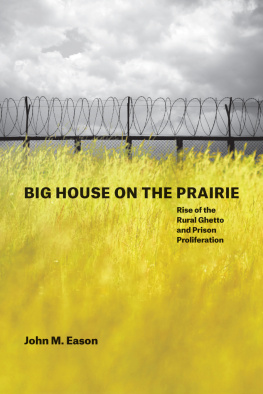
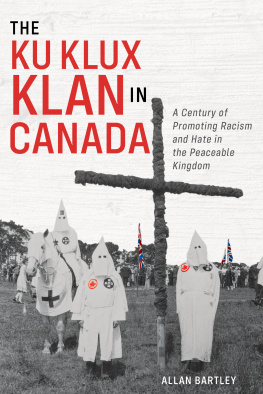
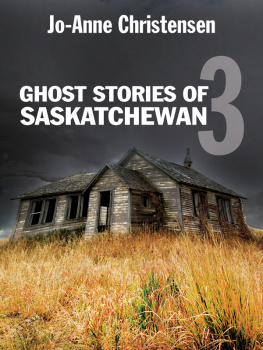
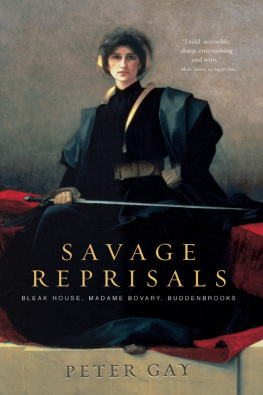
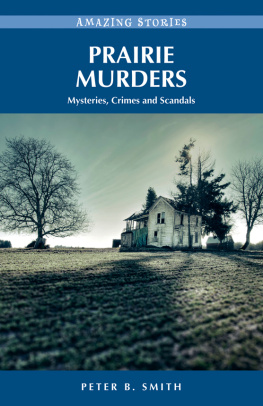





 LITTLE HOUSE
LITTLE HOUSE